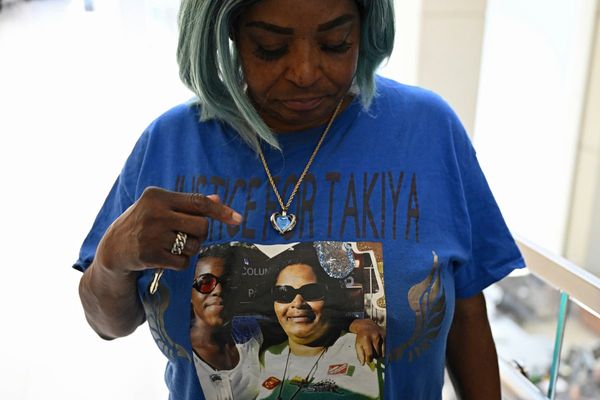The northern lights are expected to be visible in parts of the UK on Wednesday night and could even be spotted into Thursday morning.
This will be the second time this week that people in the UK may be able to see the light spectacle, after it came into view on Tuesday night across parts of the country.
The Met Office said on social media on Tuesday: “Aurora possible tonight! Most likely across northern Scotland but perhaps further south across Northern Ireland, England and Wales, although widespread cloud in these areas will likely limit any sightings.”

People will find the best visibility across northern parts of the country, but the forecaster suggested there was a chance of sightings further south across England and Wales, although cloud cover could inhibit viewing conditions for many parts.
The solar phenomenon is typically most visible in the auroral oval – a ring of light around Iceland and the polar caps.
The forecaster predicted that three coronal mass ejections (CMEs) were expected to arrive across Tuesday and Wednesday nights, with enhanced viewing into Wednesday and Thursday mornings.
Northern Lights are visible to earth when these CMEs erupt from the sun and travel at speeds of up to several million kilometres per hour. When directed towards Earth, they can interact with the planet’s magnetic field, triggering geomagnetic storms, which in turn can produce displays of the aurora.

The colour of the light depends on the molecules affected, according to the British Geological Survey. Oxygen, nitrogen and other gases in the atmosphere have their own particular colours, which result in the range of blues, greens, yellows and reds observed in the aurora.
The pink and green rays of the aurora were spotted glowing in the sky over St Mary’s Lighthouse in Whitley Bay on the northeast coast on Tuesday night.
Despite predictions of the CMEs’ arrival, visibility of the light spectacle depends on a range of factors, from light pollution and cloud cover to the position of the moon. Remote locations with a clear sky offer the best chance of seeing the light show in the sky.
Photography can help observers to see the colourful spectacle, with the Royal Photography Society advising people to aim for a clear sky with no wind, and find a “dark skies” location with low light pollution.
“Look for an interesting foreground, such as trees, which will create silhouettes in the sky,” the society advises. “Or use a lake or water, which will create reflections and make for a more interesting picture. In time, you can experiment with adding light from a strobe or LED lamp to bring out detail in the foreground.”
According to the Met Office, the northern lights are most active during the equinox and solstice, around March and April or September and October.
Dazzling Northern Lights display may be visible across parts of UK
What is a ‘cannibal storm’? Experts say it’s biggest to hit Britain in two decades
Victims’ commissioner described as ‘brave and wonderful soul’ after death at 63
Broadcaster more ‘vulnerable than ever’ as it ‘prepares’ to apologise to Trump: Live
Sophie tours Amazon gunboat built in Birkenhead during visit to Peru
Starmer investigates briefing war as pressure on chief of staff grows







